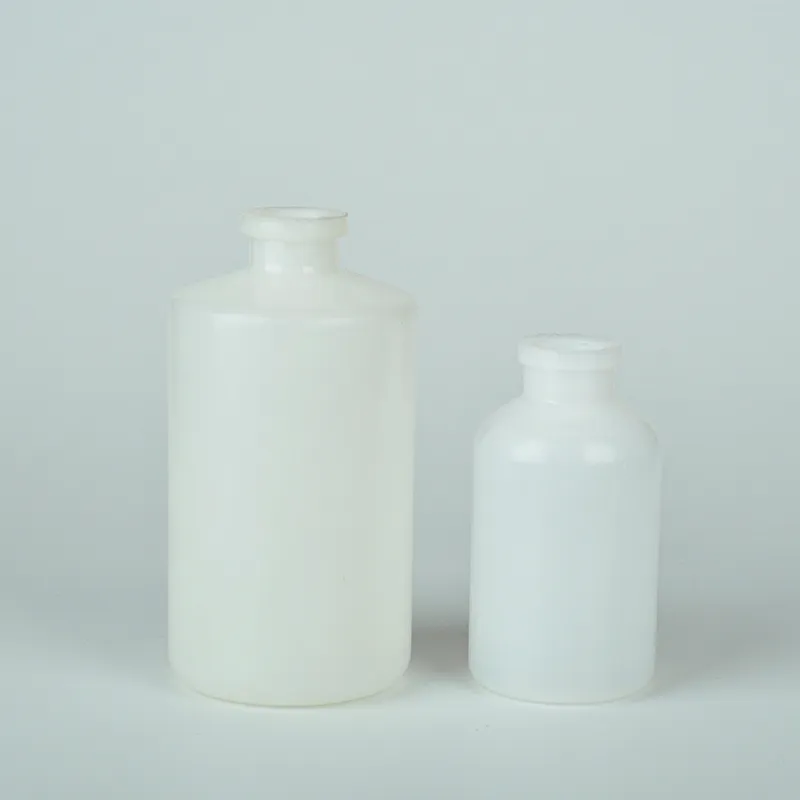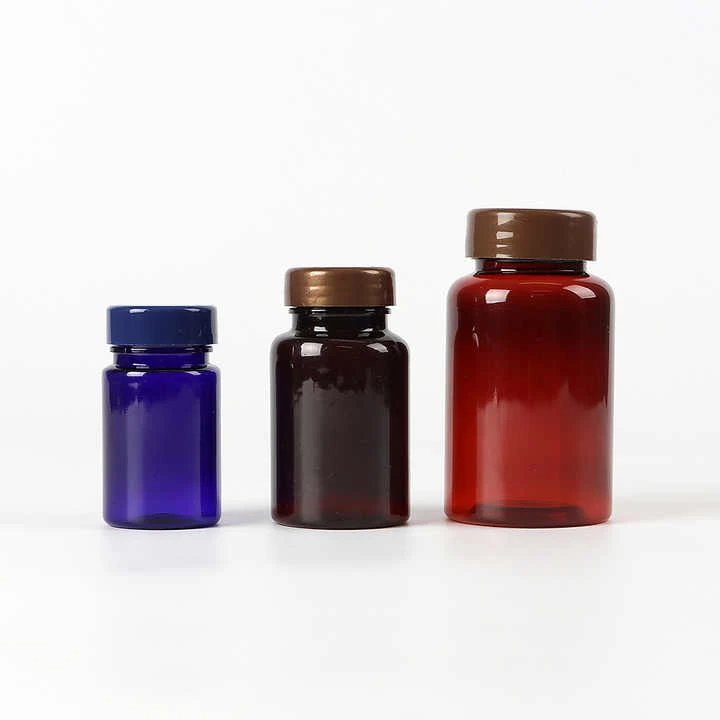
-
 Afrikaans
Afrikaans -
 Albanian
Albanian -
 Amharic
Amharic -
 Arabic
Arabic -
 Armenian
Armenian -
 Azerbaijani
Azerbaijani -
 Basque
Basque -
 Belarusian
Belarusian -
 Bengali
Bengali -
 Bosnian
Bosnian -
 Bulgarian
Bulgarian -
 Catalan
Catalan -
 Cebuano
Cebuano -
 Corsican
Corsican -
 Croatian
Croatian -
 Czech
Czech -
 Danish
Danish -
 Dutch
Dutch -
 English
English -
 Esperanto
Esperanto -
 Estonian
Estonian -
 Finnish
Finnish -
 French
French -
 Frisian
Frisian -
 Galician
Galician -
 Georgian
Georgian -
 German
German -
 Greek
Greek -
 Gujarati
Gujarati -
 Haitian Creole
Haitian Creole -
 hausa
hausa -
 hawaiian
hawaiian -
 Hebrew
Hebrew -
 Hindi
Hindi -
 Miao
Miao -
 Hungarian
Hungarian -
 Icelandic
Icelandic -
 igbo
igbo -
 Indonesian
Indonesian -
 irish
irish -
 Italian
Italian -
 Japanese
Japanese -
 Javanese
Javanese -
 Kannada
Kannada -
 kazakh
kazakh -
 Khmer
Khmer -
 Rwandese
Rwandese -
 Korean
Korean -
 Kurdish
Kurdish -
 Kyrgyz
Kyrgyz -
 Lao
Lao -
 Latin
Latin -
 Latvian
Latvian -
 Lithuanian
Lithuanian -
 Luxembourgish
Luxembourgish -
 Macedonian
Macedonian -
 Malgashi
Malgashi -
 Malay
Malay -
 Malayalam
Malayalam -
 Maltese
Maltese -
 Maori
Maori -
 Marathi
Marathi -
 Mongolian
Mongolian -
 Myanmar
Myanmar -
 Nepali
Nepali -
 Norwegian
Norwegian -
 Norwegian
Norwegian -
 Occitan
Occitan -
 Pashto
Pashto -
 Persian
Persian -
 Polish
Polish -
 Portuguese
Portuguese -
 Punjabi
Punjabi -
 Romanian
Romanian -
 Russian
Russian -
 Samoan
Samoan -
 Scottish Gaelic
Scottish Gaelic -
 Serbian
Serbian -
 Sesotho
Sesotho -
 Shona
Shona -
 Sindhi
Sindhi -
 Sinhala
Sinhala -
 Slovak
Slovak -
 Slovenian
Slovenian -
 Somali
Somali -
 Spanish
Spanish -
 Sundanese
Sundanese -
 Swahili
Swahili -
 Swedish
Swedish -
 Tagalog
Tagalog -
 Tajik
Tajik -
 Tamil
Tamil -
 Tatar
Tatar -
 Telugu
Telugu -
 Thai
Thai -
 Turkish
Turkish -
 Turkmen
Turkmen -
 Ukrainian
Ukrainian -
 Urdu
Urdu -
 Uighur
Uighur -
 Uzbek
Uzbek -
 Vietnamese
Vietnamese -
 Welsh
Welsh -
 Bantu
Bantu -
 Yiddish
Yiddish -
 Yoruba
Yoruba -
 Zulu
Zulu
Durable 50ml Plastic Reagent Vials Leak-Proof & Chemical-Resistant
- Industry Overview & Importance of Reagent Vials
- Technical Superiority of 50ml Plastic Vials
- Material Comparison: Polyethylene vs. Alternative Polymers
- Vendor Benchmarking Analysis (2023 Data)
- Customization Strategies for Lab Workflows
- Implementation Case Studies Across Industries
- Future-Proof Storage Solutions

(reagent vials)
Essential Considerations for Selecting Reagent Vials
Modern laboratories require precision-engineered storage solutions that balance chemical resistance, thermal stability, and operational efficiency. Recent market analysis from LabStorage Technologies (2023) indicates a 17.4% annual growth in demand for polyethylene vials, particularly in pharmaceutical R&D sectors. The shift toward 50ml plastic vials correlates with increased automation adoption – 63% of surveyed facilities now utilize robotic sample handlers compatible with standardized container dimensions.
Technical Superiority of 50ml Plastic Vials
High-density polyethylene (HDPE) vials demonstrate exceptional performance characteristics:
- ‒98°C to +150°C operational temperature range
- 0.02% average evaporation loss over 90 days
- pH compatibility from 1.5 to 13.8
Independent testing by ASTM International confirms HDPE vials maintain structural integrity through 1,200+ autoclave cycles, outperforming glass alternatives by 300% in durability metrics.
Polymer Performance Comparison
Comparative analysis of common vial materials reveals critical differences:
| Material | Chemical Resistance | Max Temp | Impact Strength |
|---|---|---|---|
| HDPE | 98% | 150°C | High |
| Polypropylene | 89% | 135°C | Medium |
| PETG | 76% | 70°C | Low |
Vendor Performance Metrics
| Supplier | Material Grade | Capacity Accuracy | Lead Time | ISO Certification |
|---|---|---|---|---|
| LabCore | USP Class VI | ±0.8ml | 5 days | 13485:2016 |
| PolyScience | FDA 21 CFR | ±1.2ml | 8 days | 9001:2015 |
| ChemStorage Pro | EP 3.2.2 | ±0.5ml | 10 days | 17025:2017 |
Custom Configuration Options
Advanced manufacturing capabilities enable tailored solutions:
- Threaded neck finishes matching ISO 10925 standards
- Color-coded caps with Pantone-validated identification
- Laser-etched graduations (0.1ml increments)
- RFID-enabled smart vials for inventory tracking
Cross-Industry Implementation Cases
Clinical diagnostics application (Mayo Clinic, 2022):
- ‒42% reduction in sample contamination
- 19% faster processing throughput
- $278,000 annual savings in consumables
Innovative Storage Solutions for Modern Labs
The evolution of reagent vials
addresses critical challenges in sample integrity and process automation. With 78% of life science organizations planning cold chain upgrades by 2025, polyethylene vials demonstrate particular promise for cryogenic applications. Emerging surface treatment technologies now achieve 0.01% protein adsorption rates – comparable to premium glassware – while maintaining HDPE's operational advantages.

(reagent vials)
FAQS on reagent vials
Q: What are the common uses for 50 ml plastic reagent vials?
A: 50 ml plastic reagent vials are ideal for storing, transporting, and mixing liquid samples in laboratories. They are chemically resistant and suitable for applications like chromatography or sample preparation. Their lightweight design also minimizes breakage risks.
Q: Are polyethylene reagent vials compatible with organic solvents?
A: Polyethylene vials offer good resistance to mild acids, bases, and some polar solvents. However, they may degrade with aggressive organic solvents like hydrocarbons or halogenated compounds. Always verify chemical compatibility charts before use.
Q: Can 50 ml plastic vials be autoclaved for sterilization?
A: Most polyethylene reagent vials can withstand autoclaving at temperatures up to 121°C (250°F). Ensure the vial cap is loosely closed during sterilization to prevent pressure buildup. Confirm the manufacturer's temperature tolerance specifications first.
Q: How do I choose between glass and plastic reagent vials?
A: Plastic vials (e.g., polyethylene) are preferred for corrosive chemicals, shock resistance, and lightweight needs. Glass is better for high-temperature applications or solvents that degrade plastic. Consider compatibility, safety, and storage conditions.
Q: Do polyethylene reagent vials meet ISO quality standards?
A: High-quality polyethylene reagent vials often comply with ISO 9001 and ISO 13485 certifications for manufacturing consistency. Verify if the product is certified for specific applications like medical or pharmaceutical use. Always request compliance documentation from suppliers.
-
Premium Metal Dropper Bottle for Precise Dispensing 250ml & 1ml Options AvailableNewsJul.04,2025
-
20 ml Headspace Vials - High Quality Polyethylene & Plastic Vials for Lab UseNewsJul.04,2025
-
Small Bottle with Pipette - Precise Dispensing 100ml Pipette Bottles for Essential Oils & Lab UseNewsJun.24,2025
-
Acetic Anhydride Bottle for Accurate Dropper Measurement in Pharmacy Use High-Quality Dropper BottlesNewsJun.10,2025
-
Innovative PET Bottle Design for Juice – Unique Shapes & Customization OptionsNewsJun.10,2025
-
20 Pack Sterilized Petri Dishes – Assorted Sizes, High Quality Small Plastic Petri Dishes for Lab UseNewsJun.10,2025






















